Products
smallBoy™ Dechlorinator System with Upgraded KDF85/Catalytic Carbon Filter
-
The smallBoy KDF water filter system removes up to 99% chlorine, sediment, rust, silt, volatile organic compounds (VOCs), mercury, lead and PCBs (organic chlorine), keeping beneficial bacteria and microorganisms alive and healthy.
- High flow rate 60 gallons per hour
- Rated at 1 GPM (gallons per minute)
- Everything included in the box for quick hook-up and plug & play performance
-
Unit
- Heavy duty wall-mountable metal bracket
- In-line shut off valve
- Optional garden hose connection kit
- Replace housings every 3 years
- Dimensions: 14" x 12" x 6"
- Weight: 8.2 lbs.
Filters & Replacement Schedules
KDF85/Catalytic Carbon Filter- Replace after 6,000 gal (Filter replacement schedules for RO carbon filters based on product water)
- Replace after 3,000 gallons (approx) or annually
-
smallBoy Dechlorinator with Upgraded KDF Downloads
HydroLogic Blog Articles
Part Number: HL 36005
MSRP: $134.95
UPC: 812111011314
The smallBoy™ Dechlorinator System with Upgraded KDF85/Catalytic Carbon Filter comes with the following parts

Q: Why isn’t my smallBoy™ TALLBoy™ or BIGboy™ reducing my PPMs?
A: These are sediment and dechlorinating systems, they remove chlorine, foul tastes & odors, volatile organic compounds (V.O.C.s), chemicals, sediment & dirt, and rust & iron particles. In order to reduce PPMs (parts per million) one needs to purchase a reverse osmosis (RO) system such as our Stealth-RO150™, Stealth-RO300™ or Evolution-RO™.
Q: Can I drink the water out of my smallBoy™, TALLBoy™ or BIGboy™?
A: This depends on what type of contaminants you were hoping to filter out. These 3 systems are dechlorinating and sediment filters, they do not remove PPMs (parts per million) or harmful contaminants such as pharmaceutical residue, pesticide run-off or arsenic to name a few. This means that if your source water is not approved as drinking water (such as a stream or pond), then these systems will not make it safe. You may need to use a UV sterilizer and/or reverse osmosis (RO) to make this type of water safe to drink. If, however, your source water is city water or well water that was approved for drinking before it ran through the system, then it is still safe to drink—probably even safer!

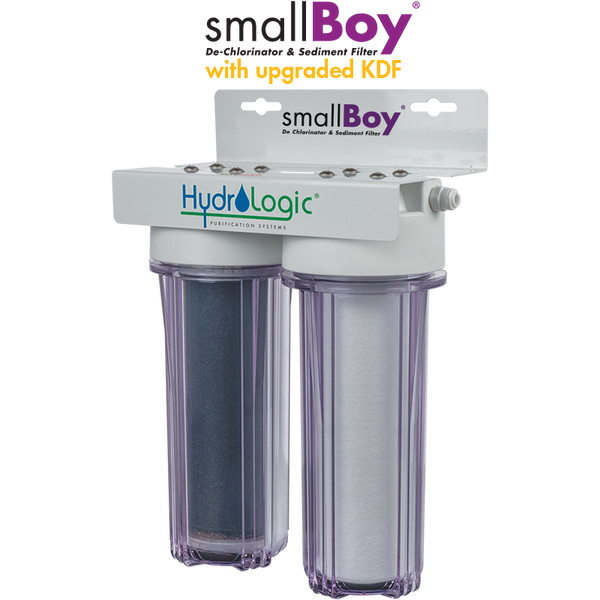
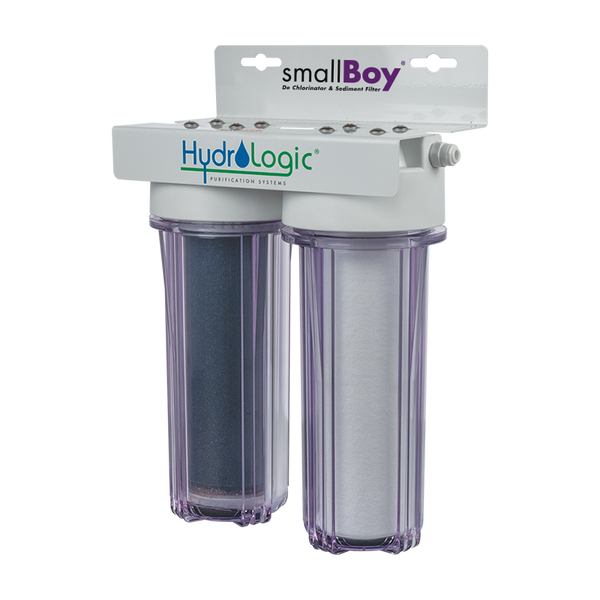
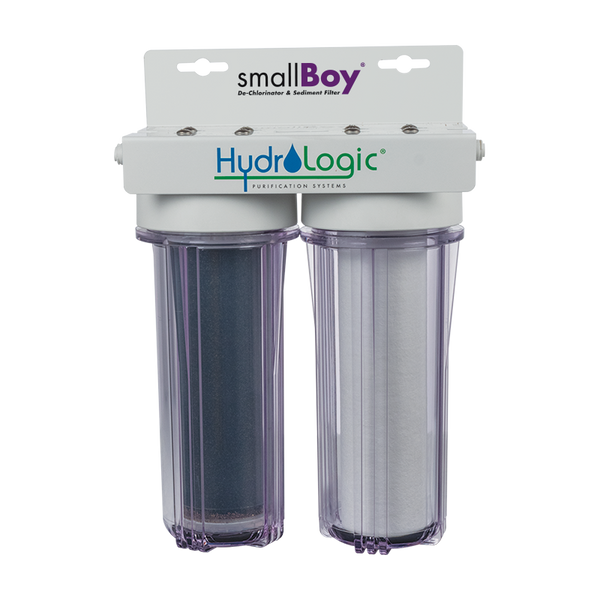
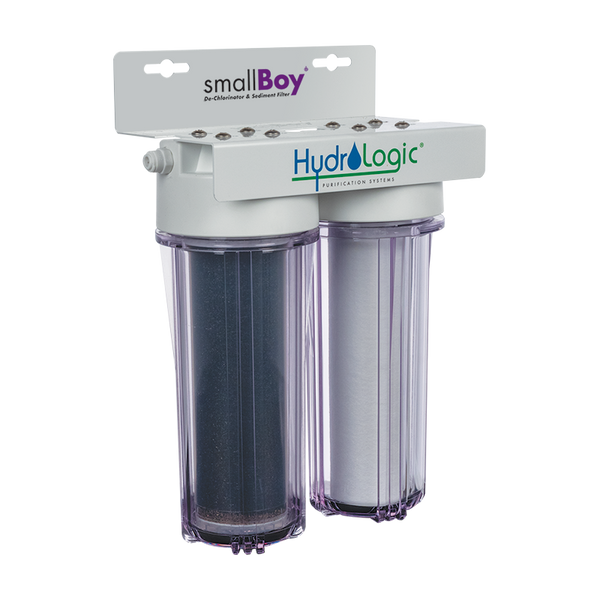
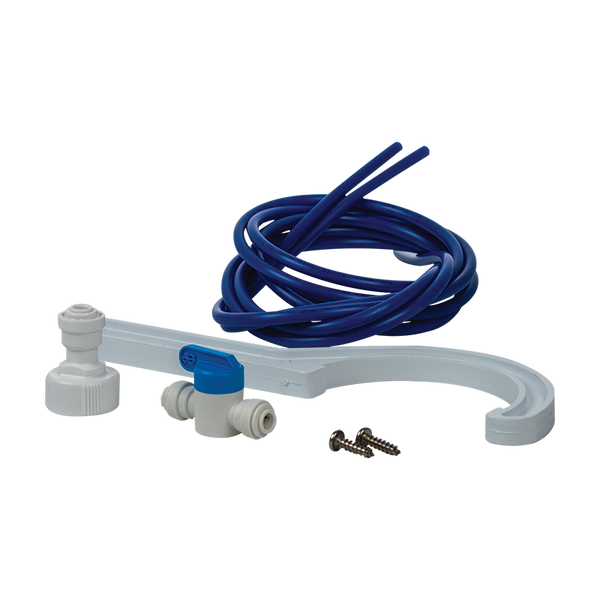
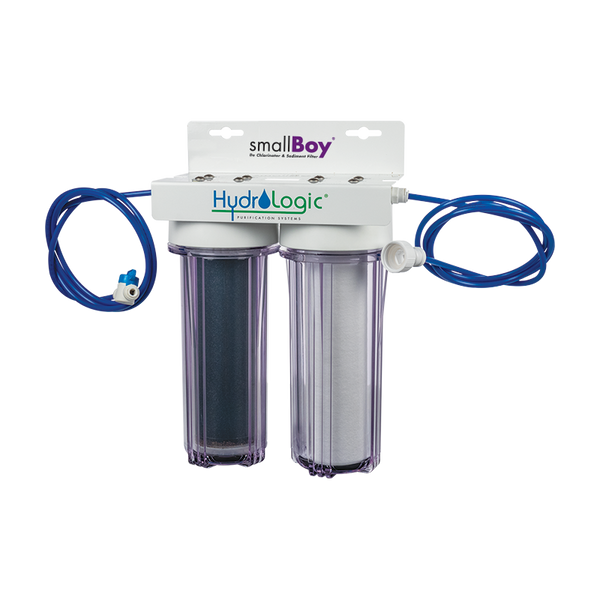
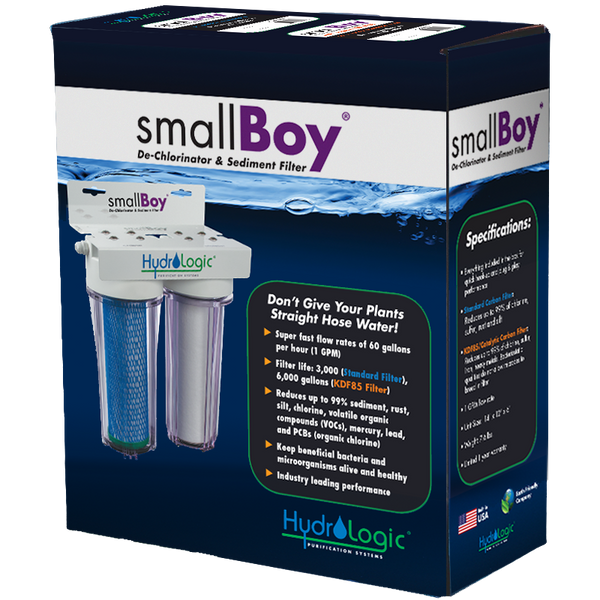
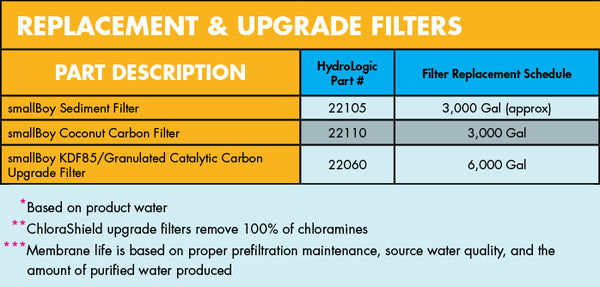
 Dechlorinators by HydroLogic
Dechlorinators by HydroLogic How to Operate Quick Connect (QC) Fittings
How to Operate Quick Connect (QC) Fittings KDF85 v. Coconut Carbon Filters
KDF85 v. Coconut Carbon Filters smallBoy®: How to Change the Filters (Sediment & Carbon)
smallBoy®: How to Change the Filters (Sediment & Carbon)